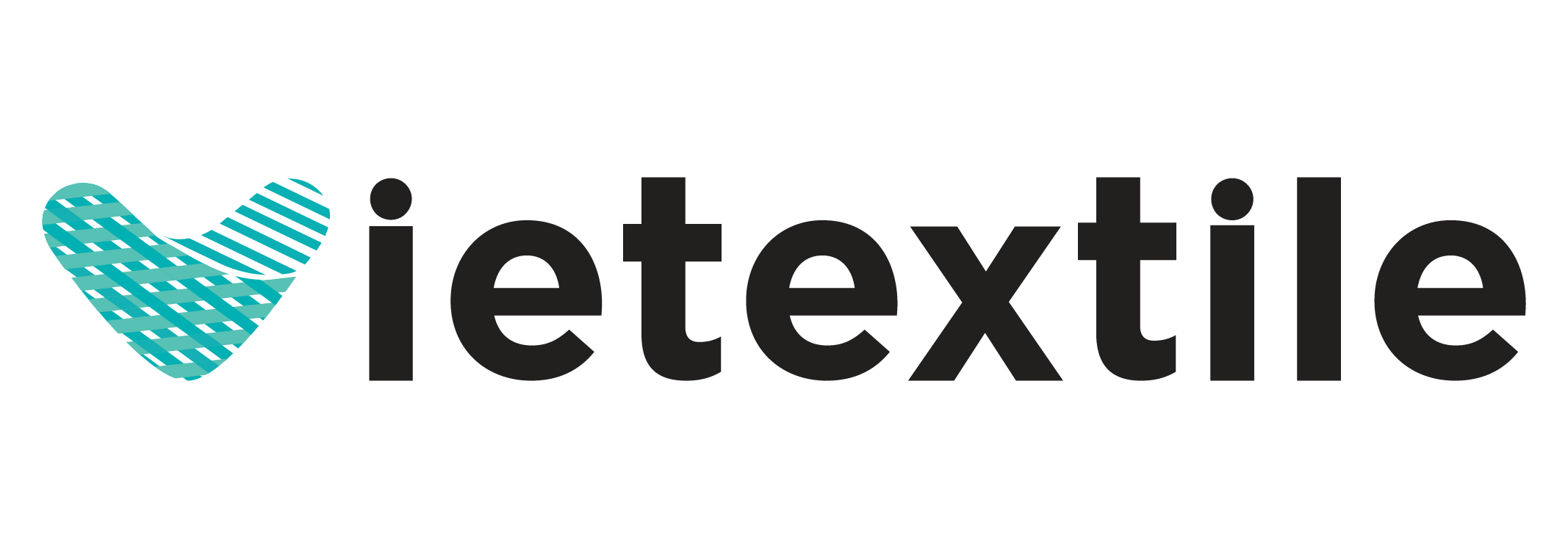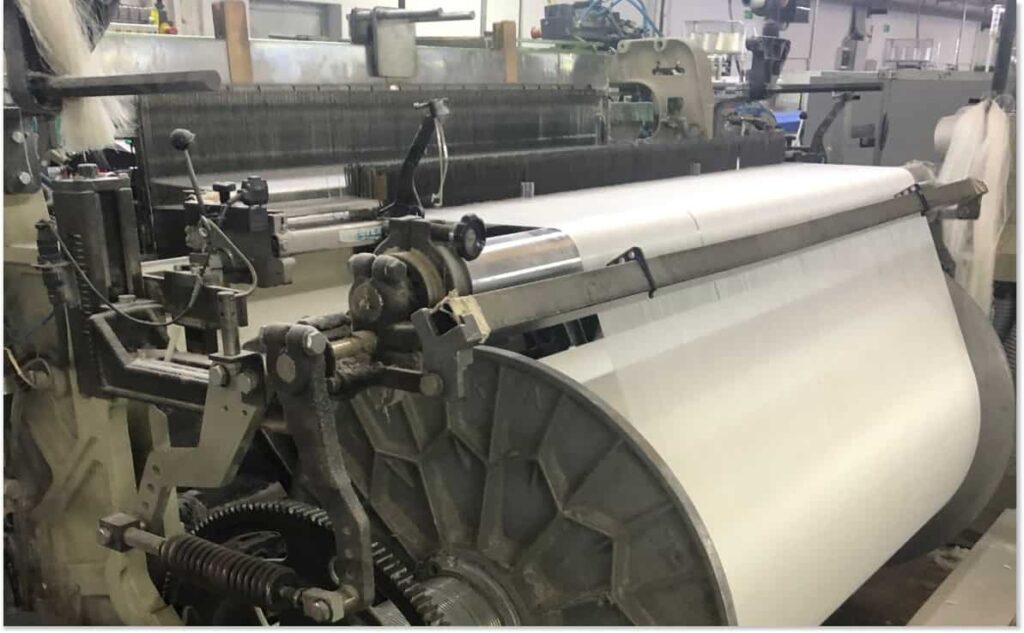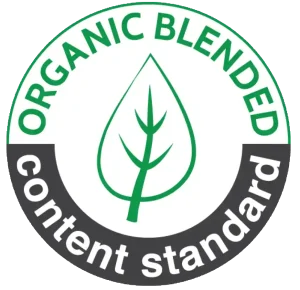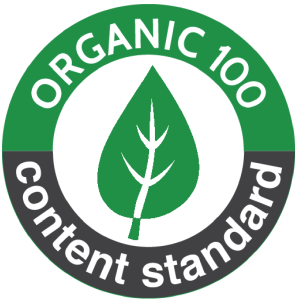In shuttle loom technology, the picking stick (Shuttle Pickers) is an indispensable component, playing a crucial role in propelling and checking the shuttle, directly affecting the stability of the weaving cycle. Currently, the three most common types of picking sticks trusted by weaving mills are the O, C, and J types.
However, selecting the wrong picking stick type can lead to machine failure, yarn breaks, and fabric defects. This article will perform an O C J picking stick comparison in detail, analyzing the technical characteristics and specific impact of each type on the durability, uniformity, and overall quality of the finished woven fabric.
The textile industry is facing increasingly high demands for product quality and production efficiency. To maintain high machine speeds while ensuring a low yarn break rate, perfect compatibility between the loom spare parts and the production process is mandatory. Among the spare parts, the picking stick is one of the components subjected to the highest mechanical stress and friction, determining the “survival” of the warp threads during weaving.
The three types of picking sticks, O, C, and J, are classified based on their shape, material, and installation method, each designed to optimize different loom models and yarn applications. If the picking stick is incompatible with the machine or yarn, it can cause excessive impulse, generate high friction heat, or simply wear out quickly, leading to severe weaving defects such as uneven weft insertion or tears in the warp threads.
Through a scientific O C J picking stick comparison, VieTextile aims to provide a comprehensive view, helping production managers make smart investment decisions, ensuring stable loom operation, minimizing downtime, and significantly improving the quality of finished fabric. Let’s explore these subtle yet decisive differences.

1. Technical Overview of the Three Common Picking Stick Types (O, C, J)
Nội dung tóm tắt
ToggleThe O C J picking stick comparison begins by understanding the basic structure and application of each type. Although they share the function of propelling and checking the shuttle, each picking stick type carries unique characteristics in design and material, affecting how they interact with the shuttle and the woven yarn.
1.1. O Type Picking Stick (Open Type Picker)
The O type picking stick, also known as the open type picker, has a simple design, often used for traditional mechanical looms or medium-speed looms. Its notable feature is an open (or hollow) section for easier installation.
- Characteristics: Easy to replace, low initial cost. Often made of leather or basic polymer compounds.
- Application: Older shuttle looms, weaving coarse yarns (low cotton count), or low-speed weaving, where requirements for precision and lifespan are not too strict.
- Limitation: Low durability, easily deformed by heat and friction, requiring a higher frequency of maintenance and replacement compared to the O C J picking stick comparison.
1.2. C Type Picking Stick (Closed Type Picker)
The C type picking stick (closed type) is an improved version with a more solid structure. The C type picking stick has a closed design, often manufactured with higher precision, enhancing its load-bearing capacity and stability during shuttle propulsion.
- Characteristics: Higher mechanical strength than the O type, better impulse absorption capacity. Often made of multi-layer composite material.
- Application: Medium to high-speed looms, weaving standard yarns (cotton, T/C), where longer lifespan and stability are needed.
- Benefit: Reduces vibration when checking the shuttle, thereby lowering the yarn break rate caused by impulse.
1.3. J Type Picking Stick (J-Groove or Specialized Type)
The J type picking stick represents the specialized spare parts group, often designed with a groove (J-Groove) or special shape to be compatible with very high-speed modern looms or looms requiring absolute precision.
- Characteristics: High-grade composite material (often Carbon/Kevlar fiber coated with Polymer), with superior anti-static and heat dissipation capabilities. Dimensional accuracy is maximized.
- Application: Ultra-high-speed shuttle looms, weaving synthetic yarns (polyester, nylon) sensitive to heat, or weaving technical fibers, filament yarns.
- Goal: Optimize performance, minimize yarn breaks to the maximum extent (below 1 break/1000 meters), and ensure uniform fabric quality.
2. O C J Picking Stick Comparison on Technical Characteristics and Materials
The difference in material and structure is the core of the O C J picking stick comparison and simultaneously determines their resistance and interaction with the weaving process.
| Comparison Criterion | O Type Picking Stick | C Type Picking Stick | J Type Picking Stick |
| Main Material | Leather, Basic Polymer | Polymer/Composite 2-3 layers | High-Grade Composite, Kevlar/Carbon |
| Tensile Strength (Lifespan) | Low (Short) | Medium – Fair | High (Very long) |
| Impulse Absorption Capacity | Poor (Transmits strong impulse) | Good (Effective vibration reduction) | Excellent (Maximum shock reduction) |
| Anti-Friction/Heat Capability | Poor | Medium | Superior (Often has a heat dissipation coating) |
| Dimensional Stability | Low (Prone to stretching/deformation) | Good | Absolute (Not affected by heat) |
| Machine Speed Compatibility | Low (Below 180 rpm) | Medium – High | Very High (Above 250 rpm) |
2.1. Analysis of Impulse Resistance and Tensile Strength
Impulse resistance is the most critical factor. When the shuttle is checked, the impact force can be significant.
- O Type Picker: Because they are often made of basic materials, they absorb impulse poorly, transmitting much vibration to the shaft and yarn, leading to an increased yarn break rate, especially for low-elongation yarns like blended or coarse spun yarns.
- C & J Type Pickers: Designed with a multi-layer composite structure, they act as effective shock absorbers. When performing the O C J picking stick comparison, C and J type picking sticks significantly reduce vibration, helping the shuttle stop more smoothly, protecting the yarn and extending the mechanical lifespan of the loom.
The J type picking stick, thanks to core materials like Kevlar or Carbon, has the highest tensile strength and dimensional stability. This ensures that even after millions of high-speed cycles, the picking stick maintains its original shape and precise transmission force.
2.2. Ability to Control Temperature and Anti-Static Properties
When weaving synthetic fibers (Polyester), temperature and static electricity are major issues.
- O Type Picker: Almost no ability to dissipate heat or conduct static electricity. High friction causes the surface to heat up easily, softening and breaking synthetic yarns.
- C Type Picker: Has better heat dissipation but requires parameter checking.
- J Type Picker: Is the top choice when conducting an O C J picking stick comparison for synthetic fibers. They often incorporate conductive materials (anti-static) and have an ultra-low friction surface coating, helping to tightly control the temperature at the contact point, preventing yarn degradation due to heat.
2.3. Impact on the Lifespan of Other Loom Spare Parts
The O C J picking stick comparison is not just about comparing the lifespan of the picking stick itself, but also the lifespan of the entire picking system. Poor-quality picking sticks (O type) cause strong vibration and impulse, leading to rapid wear of components such as rivets, crank shafts, and bearings. Conversely, investing in C and J type picking sticks allows the machine to operate more smoothly, significantly reducing overall maintenance costs.
3. Specific Influence of Picking Sticks on Woven Fabric Quality
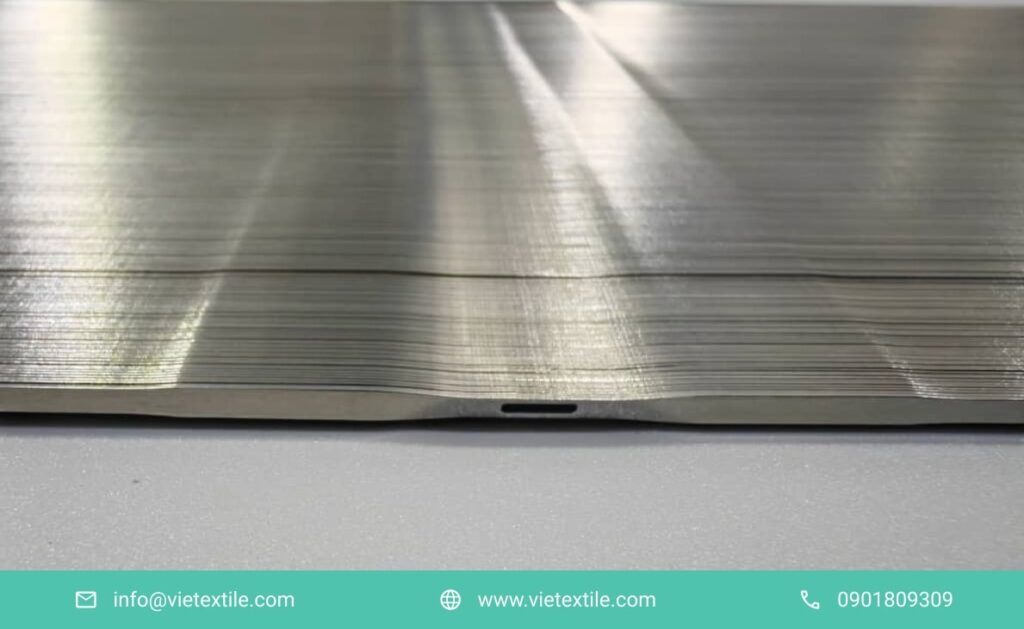
Woven fabric quality is determined by the uniformity of weft density, yarn tension, and the absence of surface defects. The choice of picking stick directly influences each of these factors.
3.1. O Type Picker: Risk of Fabric Defects Due to Instability
The O type picking stick, with its poor stability and low precision, carries many risks regarding fabric quality:
- Weft Density Variation (Weft Density Variation): Because the picking stick is prone to stretching or deformation, the shuttle propulsion force is uneven, leading to inconsistent weft insertion (sometimes tight, sometimes loose), creating non-uniform weaving bands (barre defects) on the fabric.
- Increased Warp Yarn Break Defects: Strong impulse due to poor shock absorption causes excessive tension on the warp threads, increasing the yarn break rate.
- Yarn Scratching: The surface of the O type picking stick can easily become rough or wear unevenly, potentially scratching delicate yarns like silk or filament fibers.
3.2. C Type Picker: The Balance Between Cost and Performance
The C type picking stick is a balanced solution, significantly improving quality compared to the O type while maintaining reasonable costs:
- Improved Uniformity: The closed structure and better material help the C type picking stick maintain a more stable transmission force, improving the uniformity of the weft density.
- Reduced Vibration: Minimizes shaking during the weaving cycle, thereby reducing minor weaving defects caused by machine instability.
- Suitable for Standard Yarns: Ideal for weaving standard cotton or blended yarns at medium to high speeds, providing acceptable fabric quality for the mass market.
3.3. J Type Picker: Ensuring Premium Fabric Quality
When performing an O C J picking stick comparison for weaving premium or technical fabrics, the J type picking stick is the irreplaceable choice:
- Absolute Precision: Absolute dimensional stability ensures perfect shuttle force and speed, leading to completely uniform weft density and zero weaving defects.
- Maximum Yarn Protection: Low friction surface and anti-static capability protect synthetic yarns from thermal damage and fiber fuzzing, preserving the luster and smoothness of the finished woven fabric.
- High Weaving Productivity: Allows the loom to operate at maximum speed while maintaining an extremely low yarn break rate, optimizing production time and output quality.
4. Analysis of Picking Stick Selection Based on Woven Yarn Type
To make the optimal decision in the O C J picking stick comparison, the manager needs to consider the type of yarn being used. Each yarn type has a different “tolerance threshold” for friction, temperature, and impulse.
4.1. Picking Stick Selection for Natural Yarns (Cotton, Wool)
Cotton yarn typically has good mechanical strength but generates a lot of fiber fuzz and dust.
- Recommendation: C or J type picking sticks are preferred. The C type is the economical choice for medium-speed cotton weaving, as it balances durability and cost. However, if weaving high-quality cotton (fine yarn, high count) at fast speeds, the J type should be chosen to ensure precision and lifespan.
- Factor to Consider: High wear resistance and durability to withstand the impact from cotton fibers.
4.2. Picking Stick Selection for Synthetic Yarns (Polyester, Nylon, Filament)
Synthetic yarns are sensitive to temperature and static electricity, requiring spare parts with heat dissipation and static control capabilities.
- Recommendation: J type picking stick is mandatory. When performing an O C J picking stick comparison, only the J type has the specialized composite material and anti-static, low-friction coating necessary to prevent thermal degradation and yarn break incidents.
- Note: The C type can be used at very low speeds, but does not guarantee thermal stability.
4.3. Picking Stick Selection for Special and Technical Yarns
Technical fibers (such as carbon fiber, glass fiber) require extremely high precision and durability, as well as chemical resistance.
- Recommendation: It is mandatory to use the J type picking stick with specialized composite materials (chemical-resistant, high-temperature resistant). The J type picking stick allows for absolute control of the shuttle propulsion force, without damaging the yarn’s surface structure.
5. Technical Guidelines for Optimal Picking Stick Selection and Maintenance
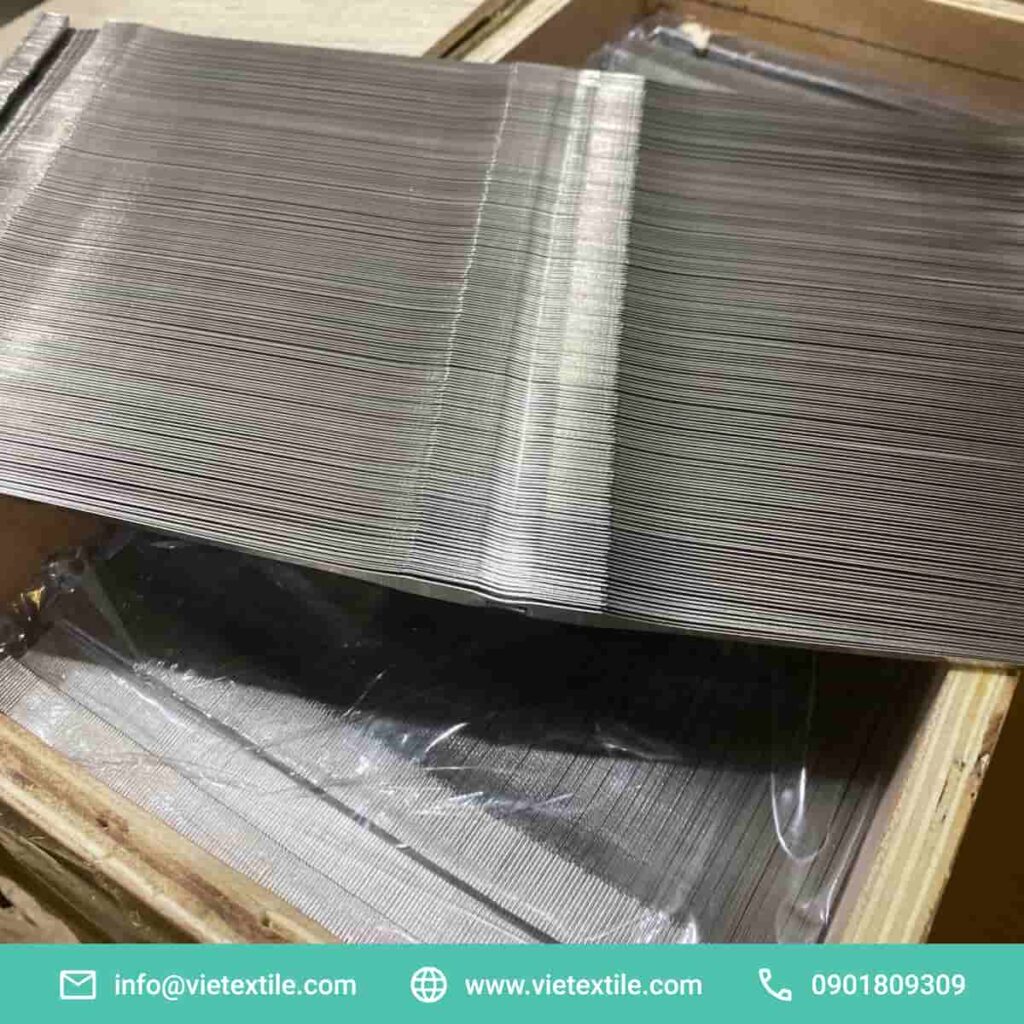
The O C J picking stick comparison and selecting the right type is only the first step. The proper installation and maintenance procedure is the decisive factor in maximizing the spare part’s performance.
5.1. Technical Standards When Selecting
- OEM Parameters: Always cross-reference the OEM (Original Equipment Manufacturer) part code with the supplier. Dimensional and shape compatibility is absolutely crucial.
- Hardness (Shore Hardness): The picking stick must have the appropriate hardness. J type picking sticks are generally harder, allowing for more decisive force transmission.
- Quality Certification: Ensure the picking stick has certificates for tensile strength and wear resistance from reputable manufacturers.
5.2. Installation Process and Tension Adjustment
Installation and adjusting the picking stick tension are key. Whether it’s an O, C, or J type picking stick, if it’s too tight or too loose, it will cause damage:
- Too Tight: Reduces the picking stick’s lifespan and increases stress on the drive shaft.
- Too Loose: Causes insufficient shuttle propulsion force, leading to weft insertion defects.
Using a specialized tension gauge and strictly adhering to the loom manufacturer’s technical specifications is mandatory. For the J type picking stick, adjustment precision must be prioritized even more.
5.3. Maintenance and Scheduled Replacement Strategy
- O Type Picker: Requires weekly checks and earlier replacement due to short lifespan.
- C & J Type Pickers: Regular checks for surface wear and dimensional stability. Although they have a long lifespan, they still need to be replaced according to the manufacturer’s recommended cycle to ensure optimal performance.
- Cleaning: Regularly clean the picking stick surface from fiber fuzz and sizing residue, especially when weaving cotton, to maintain a low friction coefficient and reduce heat generation.
6. Frequently Asked Questions About O C J Picking Stick Comparison (FAQ)
This section addresses the most common questions related to the O C J picking stick comparison and practical application.
6.1. Can the J type picking stick be used for low-speed (older) looms?
Answer: Technically yes, if physically compatible, but it is unnecessary. The J type picking stick is costly and optimized for high speed and precision. Using the J type on an older machine can be a waste of resources, unless you need absolute break control for an extremely sensitive yarn type.
6.2. Is the C type picking stick good enough to weave polyester yarn at medium speed?
Answer: The C type picking stick can suffice, but it is not the ideal solution. If weaving polyester, the top priority is static and temperature control. When performing an O C J picking stick comparison, the J type has specialized materials for this capability, while the C type is inferior, which may lead to a higher yarn break rate.
6.3. How do I know exactly which picking stick type is currently used on the machine?
Answer: The best way is to check the OEM part code on the current picking stick or refer to the loom’s technical manual. The overall shape (open, closed, grooved) is also a visual indicator for the O C J picking stick comparison.
6.4. Does changing from an O type to a C type picking stick require major adjustments on the loom?
Answer: If the physical size of the C type picking stick is fully compatible with the loom’s mounting slot, the adjustment is primarily to reset the shuttle propulsion tension. The C type picking stick is generally more stable, which may allow you to slightly increase the machine speed after replacement.
6.5. Does VieTextile offer consulting services to perform an O C J picking stick comparison and select the appropriate type?
Answer: Yes. VieTextile provides in-depth technical consulting services. We will analyze your loom model, operating speed, and yarn type to give the most accurate recommendation on the O C J picking stick comparison and selecting the optimal type.
The O C J picking stick comparison and choosing the correct spare part is a strategic decision, impacting your profitability and fabric quality.
Contact VieTextile immediately for expert consultation on genuine picking stick lines (O, C, J), ensuring your loom operates with the highest precision and efficiency:
Contact Information:
Hotline: 0901 809 309
Email: info@vietextile.com
Website: https://vietextile.com
